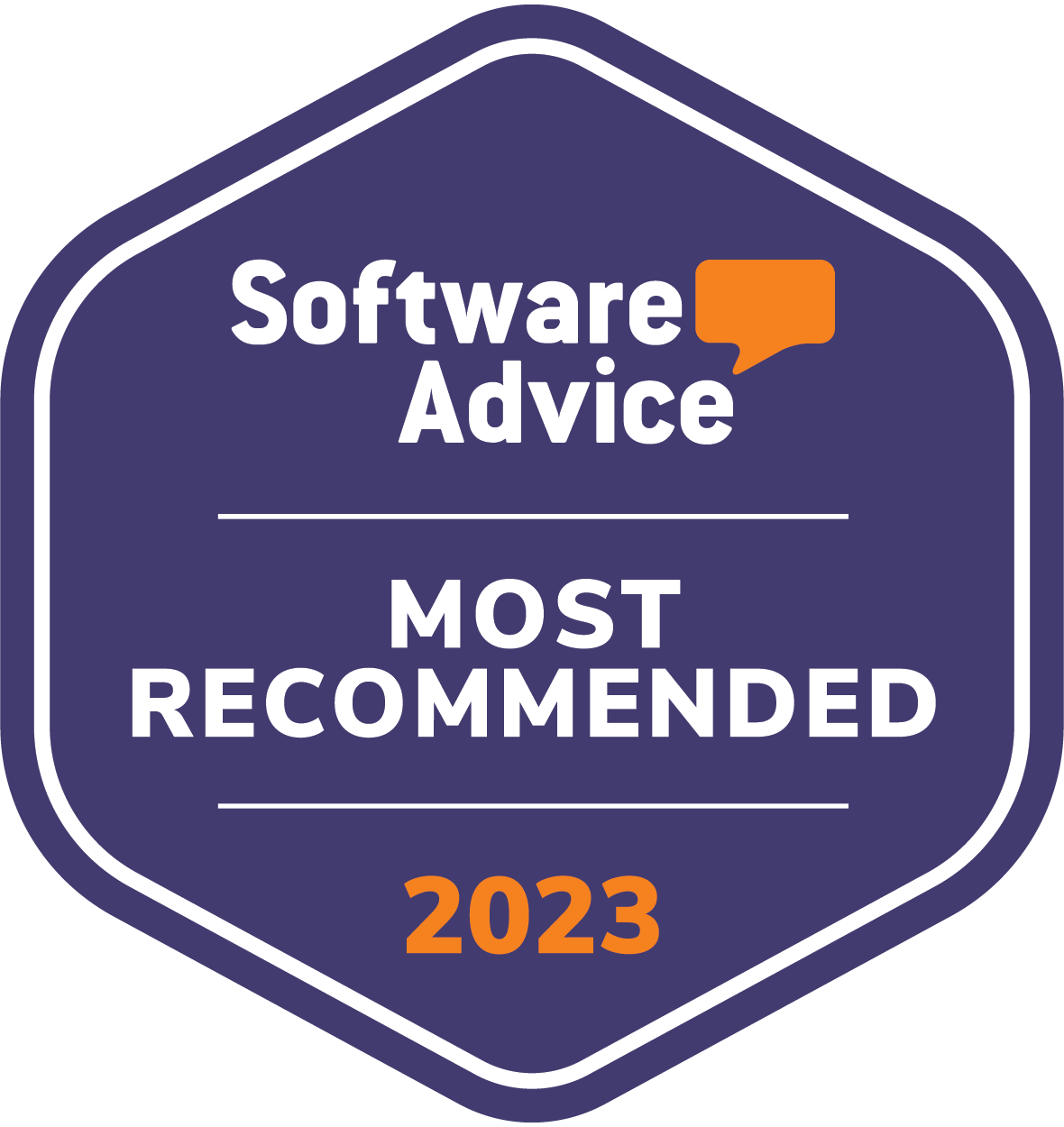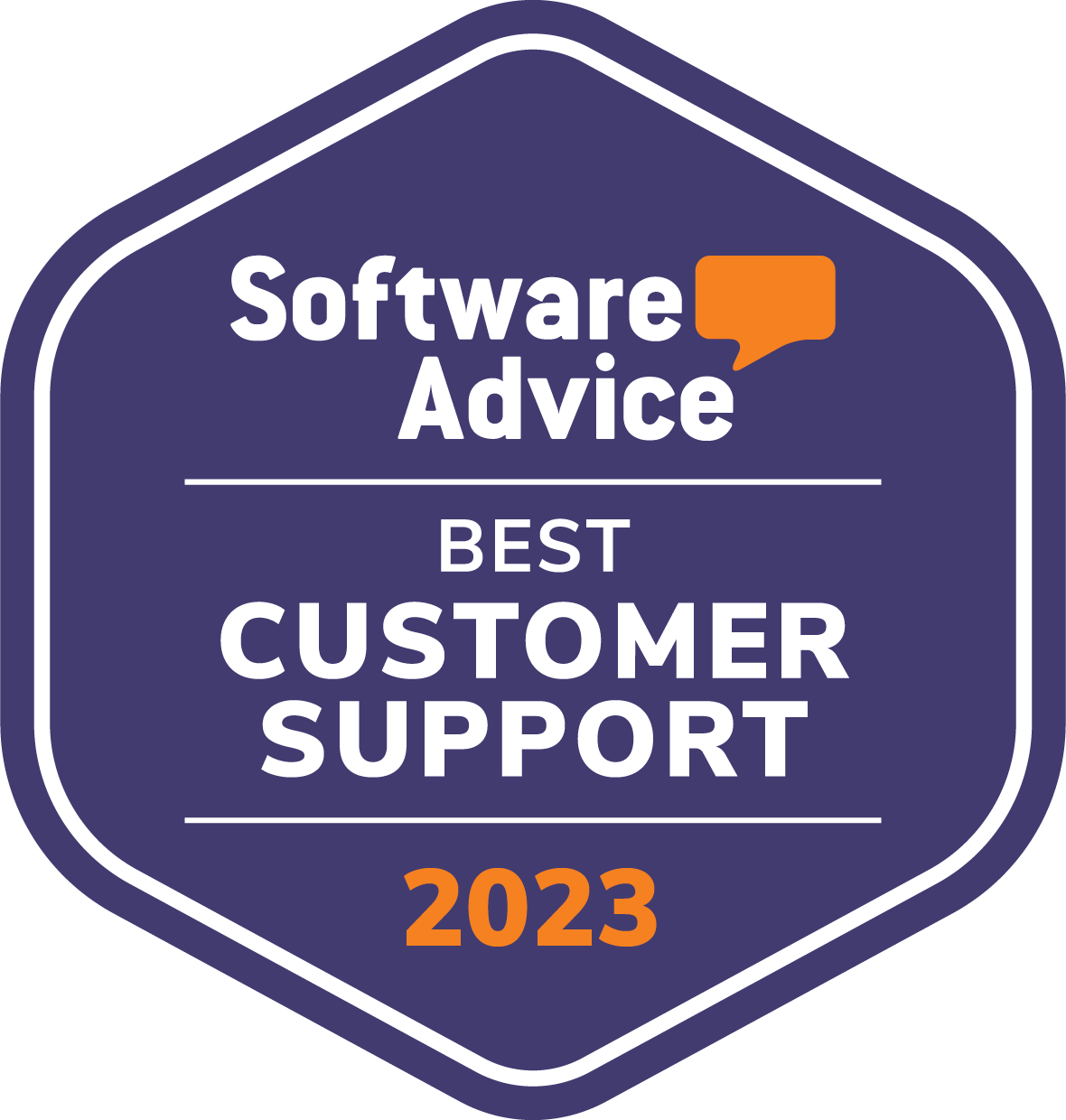The just-in-time (JIT) supplier model is one of the most significant developments in the automotive production model since Henry Ford invented the assembly line. JIT plants building major automotive components on demand and delivering them to the final assembly plant “just in time” and “in sequence” created efficiencies that have driven profitability across an industry that is one of the primary engines of our economy. So how can we leverage industry 4.0 and MES to lead the second JIT revolution?
As impactful as the JIT model was to the automotive production business, the next level has been slow to evolve. It seems like it’s time for the OEMs to take some leadership and get the Tier 1 assembly business back on the path of positive evolution.
In previous articles, we have made the case that thought leadership that challenges the conventional standards of manufacturing is in short supply, and I believe that is clearly visible in the JIT supplier model.
The importance of price is a reality no modern business can afford to ignore, but everyone must be conscious of how the focus on the lowest price can stifle technological evolution. The once progressive model has not changed significantly in over 20 years. It’s time for the automakers to step up and provide the leadership to drive the model forward.
There’s a Better Way
Think about a global sub-supplier community all leveraging a single, common, powerful software platform to manage their operations.
- A common feature set to manage and enforce the assembly process
- Common metrics that standardize how suppliers measure their manufacturing effectiveness and communicate with vehicle manufacturers
- A strategy for assembly management that dramatically accelerates the path to desired production targets and generates the knowledge required to sustain them
- Detailed insights to easily compare assembly operations across a vehicle platform or across the industry
And it could all start tomorrow. The automotive OEMs have everything they need to drive the JIT model forward, they just need to make the statement that quality and efficiency really is “Job #1.”
The Cost of JIT
The JIT model was conceived to drive efficiency and, as a result, has proven effective in controlling the costs of manufacturing major components. But at what expense?
I would argue it’s much easier for the OEMs to obsess about the cost of their major components than it is to show meaningful thought leadership about how to optimize a strategy to maximize quality and efficiency across their supplier base. Consequently, the Tier 1 companies are left to determine how to control quality and efficiency in their own way. Most are not equipped to develop these strategies, and the constant pressure to reduce costs ensures that effective process control is rarely more than the minimum requirement that “checks the box” required by the OEMs.
Effective communication and lack of mutual accountability are challenges the JIT industry has wrestled with since the beginning. A state-of-the-art MES platform capable of being scaled around the world could represent a revolution in Tier 1 manufacturing, forever changing the supply chain landscape.
The Functionality of a Modern MES
The lack of evolution in the JIT business model could be characterized in a different way. It could be argued that the JIT industry has been slow to identify how Industry 4.0 or digital transformation could support the evolution of their business model.
The engine best aligned to drive that transformation is a comprehensive MES solution built from the ground up with the Tier 1 assembly industry in mind. We covered this in an article earlier this year, yet with digital transformation top of mind, a quick review can be helpful:
Not all MES’s are the same, but an advanced, modern MES should:
- Offer a mature, comprehensive, and highly integrated feature set
- Have an extensive feature set designed around the challenges of discrete manufacturing
- Be user configurable with nothing but a web browser
- Perform tasks, such as time studies, on every product built in real time with far greater precision than a supplier quality team
- Have comprehensive, extensive system integration allowing data to be generated in a granularity never available before
- Gather essential data and have that data visible through a web-based dashboard
- Analyze performance and show areas for improvement
- Track parts and/or batches, including all necessary manufacturing and quality control data
The Second JIT Revolution
Henry Ford started a revolution over a century ago when he proved the efficiency of building vehicles on an assembly line, but positive impact on quality was not far behind when the benefit of standard, repeatable work for each station was realized. Enforcing a repeatable process is the cornerstone of any modern error proofing system, but think about the potential of extending the concept a little further.
Wide ranging operational best practices supported by empirical evidence would quickly evolve with every deployment of a common management platform. Standard designs could evolve for common plant infrastructure, driving down the cost of assembly lines, tooling, and project lead times. It only takes critical mass the OEMs could easily provide, and the JIT model would once again become the disruptive force it once was.
Best of all, if architected properly, the second JIT revolution could be cost neutral for everyone involved:
- The software deployment process could easily be optimized
- Lean consultants would have the data at their fingertips that they’ve always wanted to drive cost savings
- Independent organizations could be certified to provide localized training and support for all aspects of the system
A common MES solution tuned for the Tier 1 assembly business could easily become a vibrant industry ecosystem, driving quality and efficiency gains around the globe.
Feeling excited? Empowered? Curious? Let’s talk about what PINpoint MES Software can do for you. Contact PINpoint Information Systems today. Complete this form or call 905-639-8787.
Want to learn more about the power of an MES solution? Read our guide, 4 BIG Benefits of an MES for Discrete Manufacturing.
















